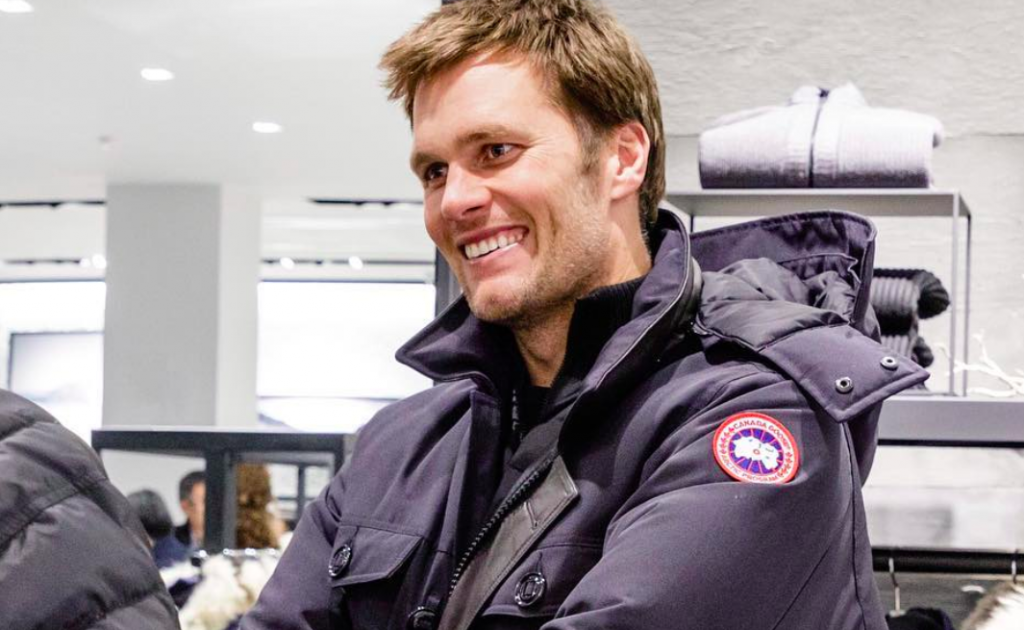Shares of Canada Goose fell Canadian$4.73, or 7.1 percent, to C$46.05 Thursday on the Toronto Stock Exchange after Wells Fargo downgraded the stock. The analysts pointed to less search traffic on popular internet search engines looking for Canada Goose merchandise, and concerns about international trade.
The firm lowered its rating to “Market Perform” from “Outperform” and its price target to C$68 from C$80.
Wrote Ike Boruchow, lead analyst at Wells Fargo, in a note attained by SGB Executive, “While we remain confident on the trajectory of the GOOS brand and the fundamental story that has developed since their IPO in 2017, we feel the risk/reward today is not as compelling as it once was (when shares were cheaper and upside to numbers seemed easier to come by). Our revised view on the stock is multi-faceted – driven by changes in perception to the branded space, valuation and to a lesser extent engagement.”
On international trade concerns, Wells Fargo noted that many multi-national brands in general have “become more challenged” in recent months due to headwinds from foreign exchange, tourism, slowing growth in Europe, and fears over an eventual slowdown in China. Boruchow noted that this likely puts a greater focus on global brand valuations today versus 12 to 24 months ago.
On pure valuation, Boruchow noted that Canada Goose has been “one of the best performing global brands in our universe” since going public in March 2017 at C$17 a share.
Wrote Boruchow, “A rare growth/momentum story in the space, GOOS captured Bull’s attention as they added to their robust wholesale strategy by layering in a highly compelling DTC rollout to the story at the time of the IPO. Due to their strategic door and ecommerce rollout across the globe the past 24 months GOOS has essentially transitioned from a predominantly wholesale brand to more of a DTC business.”
But Wells Fargo noted that the stock is now trading at a higher price-to-sales multiple than any other brand in the active space has traded with the one exception of Lululemon briefly after its 2007 IPO. Boruchow further wrote that over the past 20 years only Lululemon and Moncler have come close to Canada Goose’s multiple and both are trading “well below” those multiples now.
Even if Canada Goose expands as successfully as Moncler, “a great deal of good news appears to be priced into the stock today (possibly more than GOOS may be able to deliver),” Boruchow wrote.
Finally, Boruchow noted that while there’s a strong chance Canada will outperform in the fourth quarter its “conservative” guidance, a “few things” that occurred in the quarter “are less than ideal.”
He noted that the opening of its first China store in Beijing was delayed two weeks until December 31 and reports surfaced that some Chinese consumers were boycotting Canada Goose’s products due to tensions between China and Canada.
Wells Fargo’s team also noticed a recent slowdown in both Google trend search and Instagram engagement over the holiday quarter, particularly in December. Boruchow described the decrease in sentiment readings as “somewhat concerning for a stock that currently relies heavily on momentum and robust growth to keep their premium valuation justified.”
Boruchow concluded in the note, “So all in, while we do view the fundamental story here as quite compelling (GOOS remains one of the strongest multi-year growth stories under coverage), we simply feel that valuation is going to become more relevant as the brand matures, the branded space remains choppy and certainly if brand ‘heat’ begins to cool off a bit.”
Image courtesy Canada Goose
















